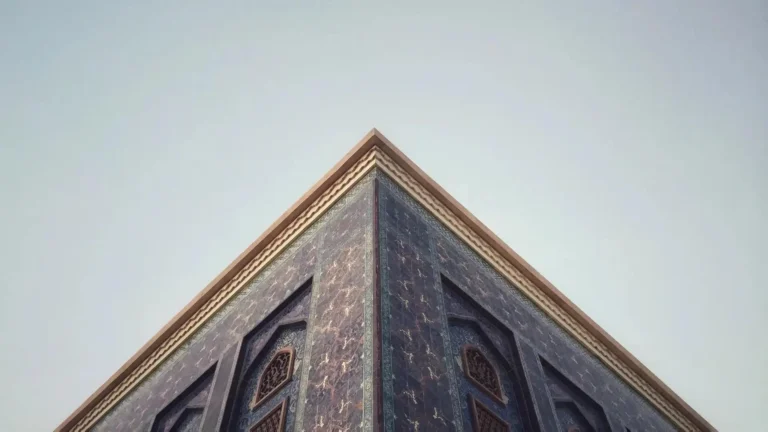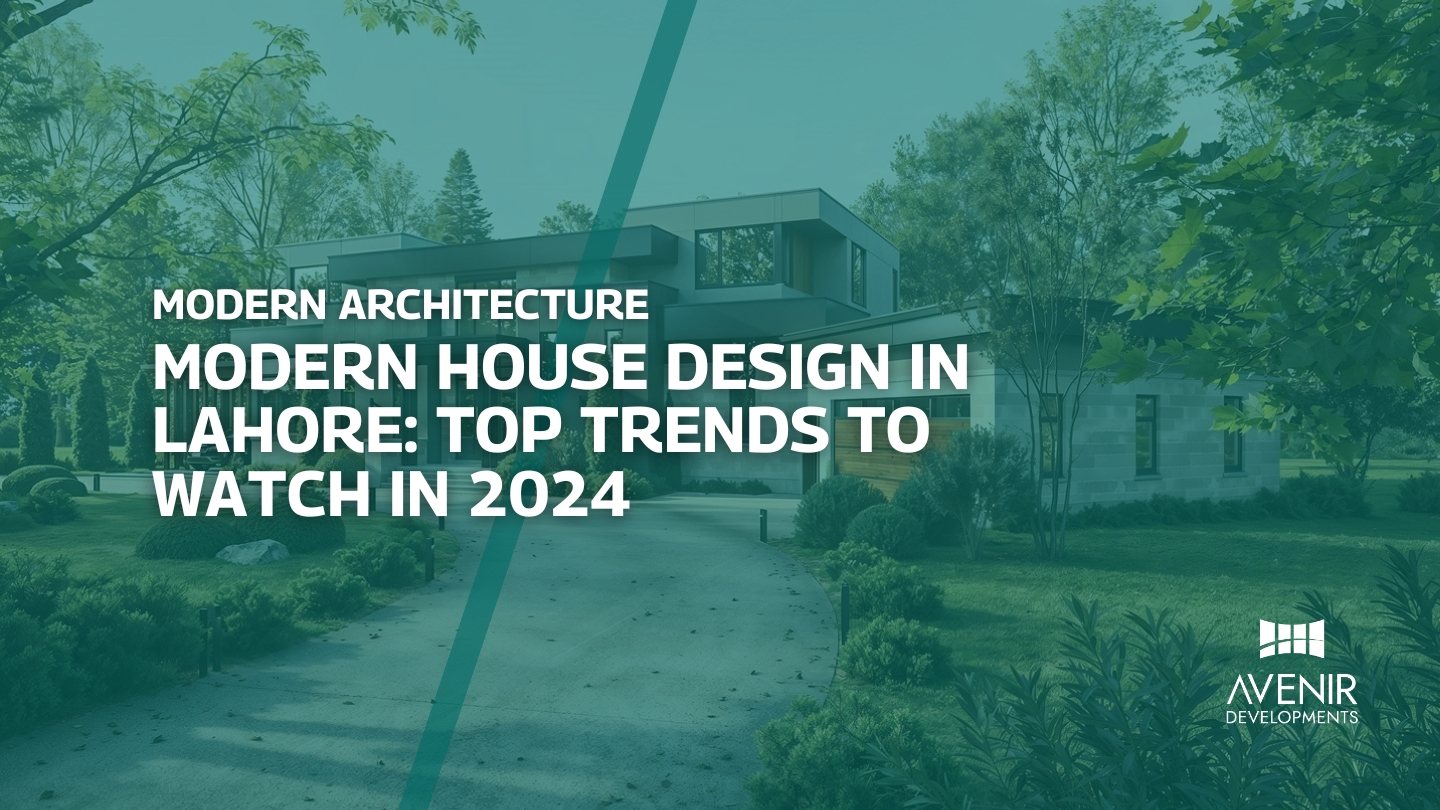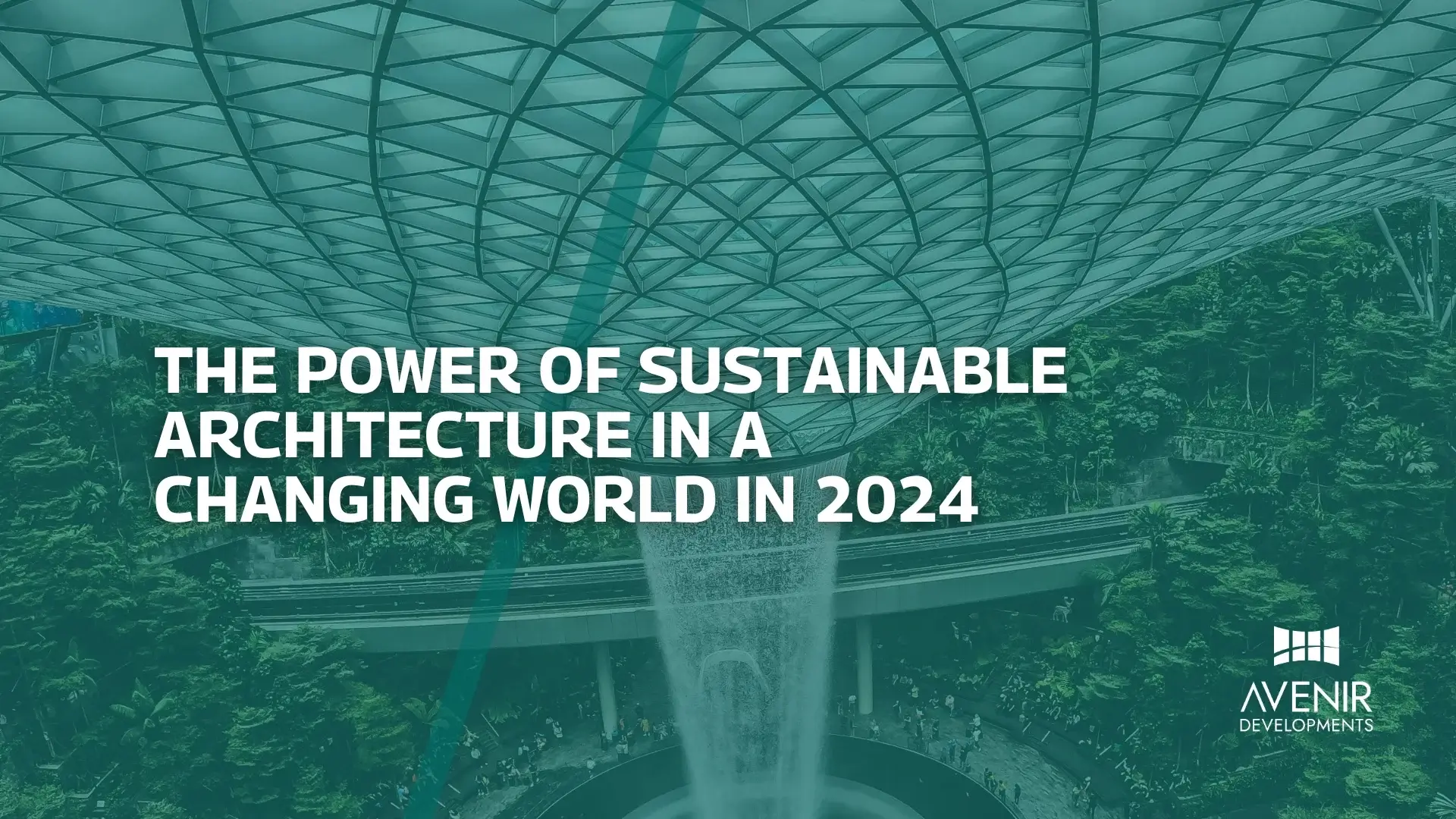Introduction
As a Lahorewala through and through, mosques have always held a special place in my life. From the iconic Badshahi Masjid to the countless neighborhood mosques, these structures are more than places of worship; they’re vibrant community centers buzzing with activity. But lately, I’ve noticed a growing disconnect between the ablution areas and the prayer halls in many new mosques. The ablution areas, often cramped and poorly lit, feel like an afterthought compared to the grandeur of the prayer halls. This got me thinking – shouldn’t both spaces be designed to elevate the spiritual experience?
A Deep Dive into Mosque Design
Defining Mosques and Their Significance in Islam
A mosque, also known as a masjid, is a place of worship for Muslims. The word “masjid” itself comes from the Arabic verb “sajada,” which means “to prostrate oneself in worship.” Mosques are considered sacred spaces, serving not only for prayer but also for education, community gatherings, and social events.
A Historical Look at Mosque Architecture
Islamic architecture boasts a rich history, with mosque design evolving over centuries. Early mosques were simple structures, often repurposed buildings. The Prophet Muhammad (PBUH) himself prayed in a converted marketplace in Madinah. Over time, mosques developed distinct architectural features, including the minaret (tower), mihrab (niche indicating the direction of prayer), mimbar (raised platform for sermons), and a spacious prayer hall.
The Importance of Ablution and Prayer Hall Ambiance
Before entering the prayer hall, Muslims perform wudu (ablution), a ritual washing that purifies the body for prayer. Both the ablution area and the prayer hall contribute significantly to a mosque’s overall ambiance. The ablution area should be a place of tranquility, facilitating a clean and focused mind for prayer. Similarly, the prayer hall should be designed to inspire devotion and foster a sense of connection with the divine.
Modern Trends and Considerations in Mosque Design
Sustainable and Eco-friendly Mosques
Modern mosque design incorporates eco-friendly practices. Natural lighting, water conservation features, and locally sourced materials are gaining popularity. These elements not only reduce environmental impact but also create a sense of harmony with nature.
Technological Advancements and Inclusivity
Technology is playing an increasingly important role in mosque design. Features like digital prayer timings, interactive learning centers, and facilities for people with disabilities are becoming more common. This ensures inclusivity and caters to the needs of the evolving Muslim community.
Government Initiatives and Regulations
The Pakistani government, through bodies like the Evacuee Trust Property Board (EPTB), plays a role in mosque design and construction. EPTB guidelines often emphasize factors like accessibility, safety, and cultural heritage preservation when approving mosque projects.
Addressing Common Questions about Mosque Design
Q: What are some key considerations for ablution area design?
A: Spaciousness, proper ventilation, and adequate water flow are crucial. Natural light, calming colors, and non-slip flooring also enhance the experience.
Q: How can prayer hall design inspire devotion?
A: High ceilings, well-placed windows, and tasteful calligraphy can create a sense of awe and serenity. Using traditional Islamic geometric patterns and incorporating elements of nature are other effective strategies.
Q: How can mosques balance modern trends with Islamic tradition?
A: Innovation should complement, not replace, traditional elements. Modern amenities can coexist with classical architectural features, creating a space that is both functional and spiritually uplifting.
Expert Tips for Enhancing Mosque Design
Drawing from my experience as a blogger, here are some insights for those involved in mosque design:
- Seek Community Input: Involve community members in the design process. Understanding their needs and aspirations is essential for creating a mosque that reflects their identity.
- Embrace Natural Light: Natural light not only saves energy but also creates a more uplifting atmosphere. Strategically placed windows and skylights can make a big difference.
- Prioritize Acoustics: Good acoustics ensure clarity during prayers and sermons. Sound-absorbing materials can be used to minimize echo and noise.
- Art for Inspiration: Incorporate tasteful Islamic art and calligraphy into the design. This can create a beautiful and inspiring environment.
- Maintain a Sense of Place: Consider the mosque’s location and architectural heritage. The design should complement the surrounding environment and reflect the local culture.
Conclusion
Mosques are more than just buildings; they are the heart and soul of Muslim communities. By carefully considering the design of both the ablution area and the prayer hall, we can create spaces that foster devotion, promote inclusivity, and reflect the evolving needs of the community. Remember, a well-designed mosque isn’t just about aesthetics; it’s about creating an environment that facilitates a deeper connection with the divine.
Intrigued by the possibilities of modern mosque design? At Avenir Developments, we are a team of experienced architects, interior designers, and construction management professionals dedicated to creating beautiful and functional mosques that cater to the needs of your community.
Whether you’re looking for a complete design and build solution or require expert advice on specific aspects of your mosque project, we’re here to help. Contact Avenir Developments today through WhatsApp or call us on +923001101103 to discuss your vision and bring your dream mosque to life.
Together, let’s create spaces that inspire generations to come and serve as a beacon of faith and community for years to come.






